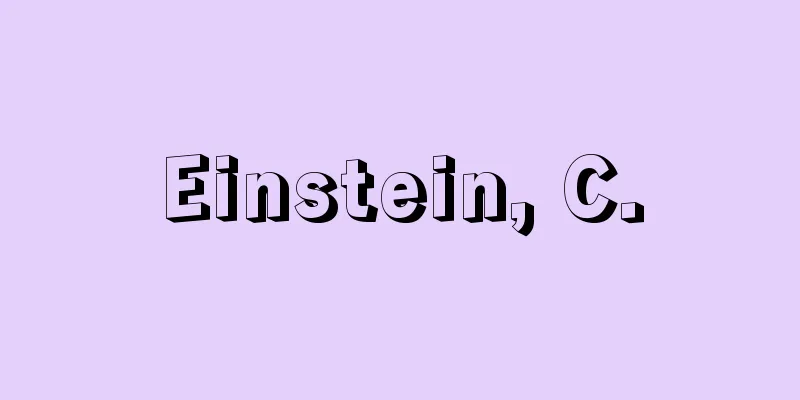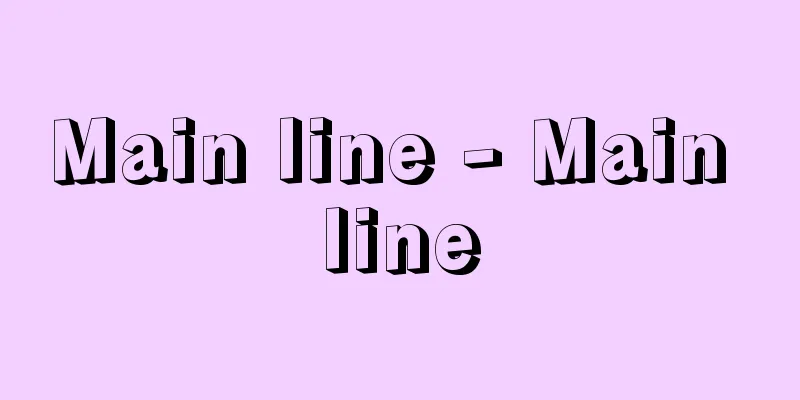Telecommunications - denkitsuushin (English)

|
This generally refers to any means of communication that uses electricity. Since ancient times, smoke, light, and sound have been used as means of communication, but with the invention of the battery in the early 19th century, various means of communication using electricity were developed one after another, and the desire for faster, longer distances, and more accurate communication led to the development of various inventions. The first practical electric communication was the invention of the telegraph by American S.F.B. Morse in 1837. After that, the telephone was invented by American A.G. Bell in 1876, and electric communication developed dramatically. Wired transmission methods evolved from bare wires (bare copper wires) to cables and coaxial cables, and nowadays optical fiber cables are the norm. As for wireless systems, the existence of radio waves was predicted by British J.C. Maxwell in 1864, but their use for communication did not begin until 1896, when Italian G. Marconi performed wireless telegraphy. Practical use of wireless systems began in the 1910s for communication with ships using long waves, and around 1920 for medium wave radio broadcasting. Wireless systems continued to develop into short waves, ultra-high frequency waves, microwaves, and millimeter waves, and are now used for a variety of purposes, including television, mobile phones, car navigation, and wireless LANs. The development of both wired and wireless communication has been driven by numerous inventions, including electronic devices such as vacuum tubes, transistors, ICs (integrated circuits), and LSIs (large-scale integrated circuits), as well as optical devices such as semiconductor lasers. Today, the types of telecommunications, communication speeds, and amounts of information exchanged have increased dramatically, making a major contribution to everyday life. [Ryo Tsuboi and Tetsuya Miki] [Reference] | | |Source: Shogakukan Encyclopedia Nipponica About Encyclopedia Nipponica Information | Legend |
|
電気を利用した通信の手段一般をいう。通信の手段としては、古代から煙、光、音などが使用されてきたが、19世紀初頭の電池の発明により、電気を用いる通信手段が次々と開拓され、より速く、より遠く、より正確にという欲求から種々の発明が生まれた。 最初の実用的な電気通信は1837年、アメリカのS・F・B・モースによる電信の発明である。その後、1876年には電話機がアメリカのA・G・ベルによって発明され、電気通信は飛躍的に発達した。伝送方式としての有線方式は裸線(むき出しの銅線)からケーブル、同軸ケーブルへと発達し、現在では光ファイバーケーブル方式が一般的である。また、無線方式については、電波の存在が1864年にイギリスのJ・C・マクスウェルによって予言されていたが、通信への利用は1896年のイタリアのG・マルコーニによる無線電信の実験からであった。実用的な無線方式の利用は、1910年代から長波による船舶との通信や、1920年ごろからの中波のラジオ放送などをはじめ、その後、短波、極超短波、マイクロ波、ミリ波と発達を続け、現在ではテレビはもちろんのこと携帯電話、カーナビゲーション、無線LAN(ラン)など多様な目的に使われている。有線、無線とも、その発達の背景には、真空管、トランジスタ、IC(集積回路)、LSI(大規模集積回路)などの電子デバイス、そして半導体レーザーなどの光デバイスなどの数々の発明があり、今日では電気通信の種類、通信の速度、やりとりされる情報量は飛躍的に増大し、日常の生活に多大な貢献をしている。 [坪井 了・三木哲也] [参照項目] | | |出典 小学館 日本大百科全書(ニッポニカ)日本大百科全書(ニッポニカ)について 情報 | 凡例 |
<<: Electrical communication network
Recommend
Solothurn (English spelling)
Soleure in French. The capital of the canton of So...
Wolf-Pariza Star Chart
...In the 20th century, photographic atlases were...
Vaccine - Wakuchin (English spelling) vaccine
An immunogen is an immunogen that is injected or ...
Enetsu language - Enetsugo
Please see the page on Samoyed languages. Source:...
Mind is reason - Shinsokuri
A proposition of Lu Wang's philosophy. In Neo...
He Zhuō (English spelling)
1661‐1722 A Chinese scholar of the early Qing dyna...
Iwa Kusuma Sumantri
1899‐1971 Indonesian politician. Born to an aristo...
Kadenho (English spelling) Kwajǒn-pǒp
A land law for the salary of bureaucrats in the ea...
Zelter, CF (English spelling) ZelterCF
…Finally, at the end of the 18th century, songs b...
Improvisation - Sokkyo (English spelling)
Improvisation is the act of creating something sp...
Leucorrhea - White leucorrhea
〘noun〙 Secretions from the female genitals. There ...
Société Internationale de Psychopathologie de l'Expression
...Music continued to be used to treat melancholi...
Isoprenoid
A general term for a group of natural organic comp...
North Pole
…Currently (1985), the second magnitude star Alph...
Braunschweig - Braunschweig (English spelling)
It is the capital of the prefecture of Braunschwe...









